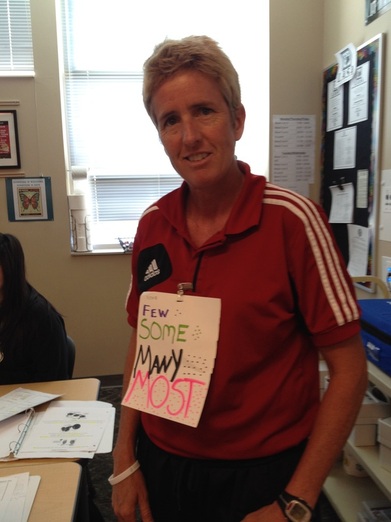
When I walked in the room, the ELL specialist turned toward me and this is what I saw. She had a piece of paper clipped to her shirt as she moved around the room. On the paper she had quickly illustrated a language concept (few, some, many and most) that was critical to the biology lesson. I was excited by how simple the idea was, but even more excited by her dedication to doing whatever it takes to help students succeed. What an easy and effective idea.
Bravo!
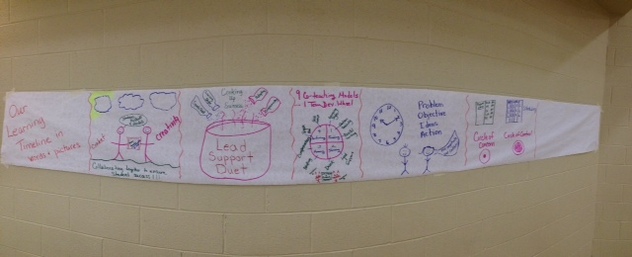
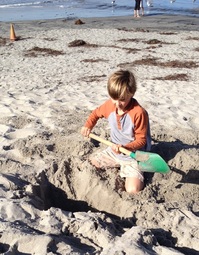
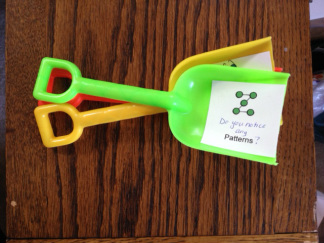
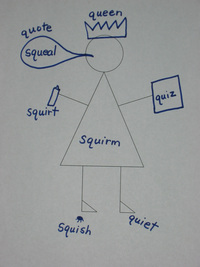

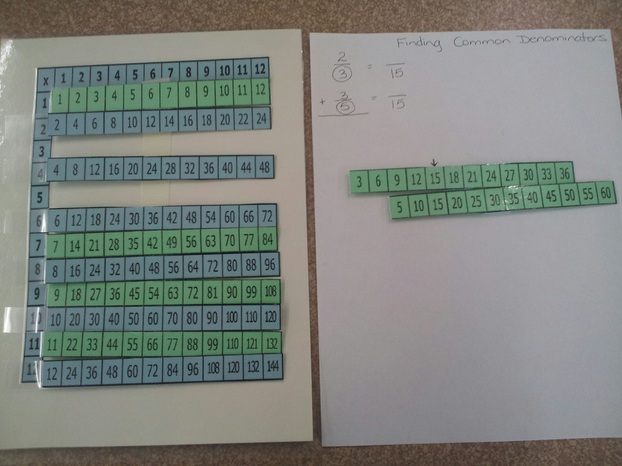
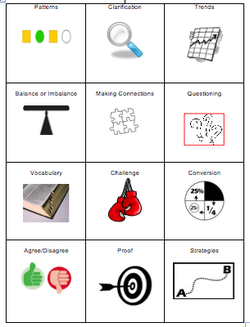


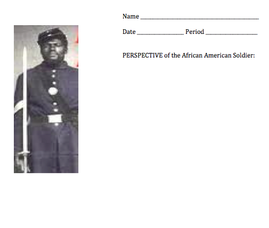
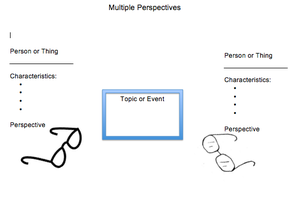
 RSS Feed
RSS Feed